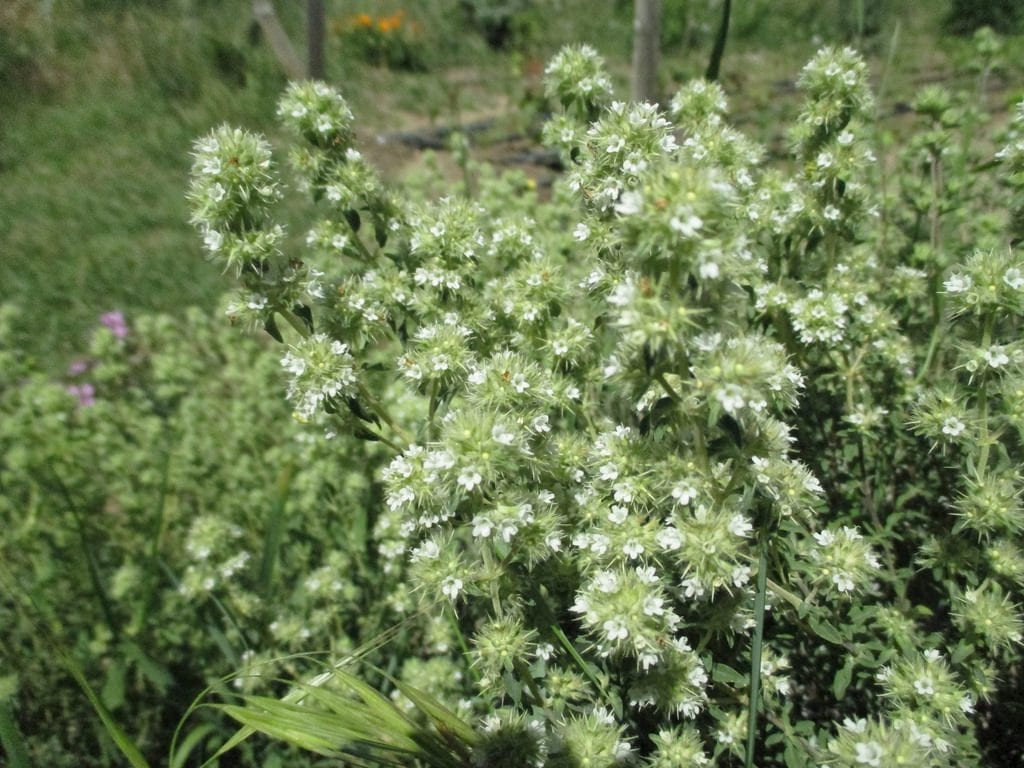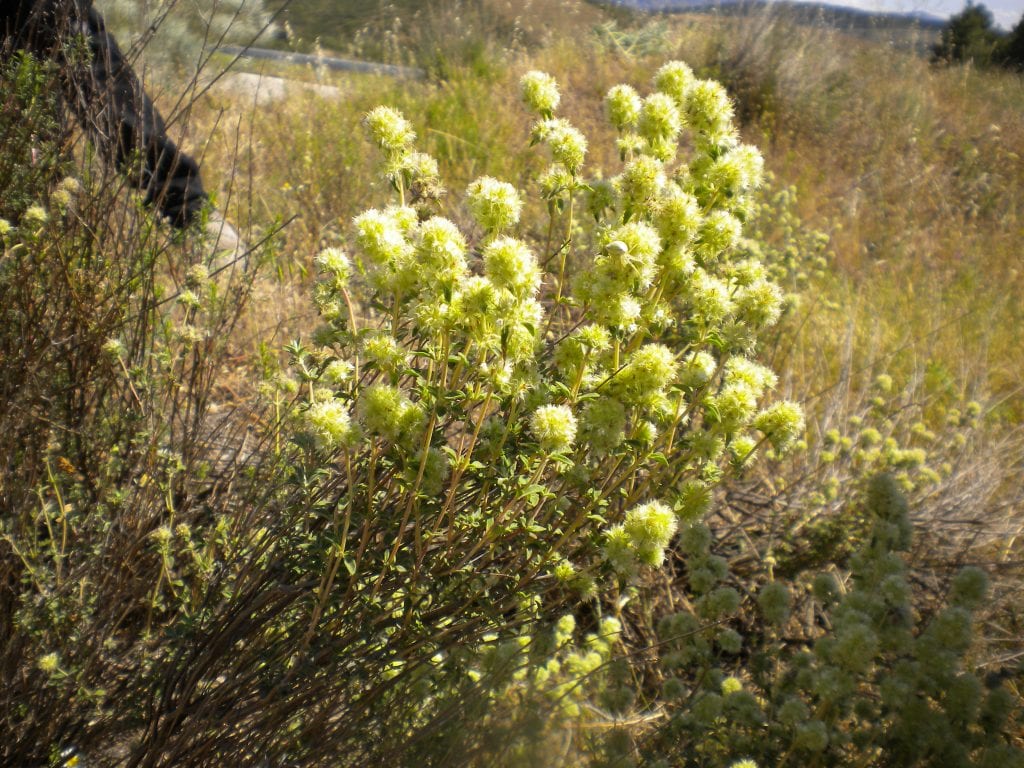
When you see the same plants day after day, there comes a time when you stop being interested in them, which is a mistake, because there are many that can be useful to us at some point in our lives, such as the Thymus masticina.
Better known as white thyme or almoradux, It is a small shrub that is large enough to be potted throughout its life, or as a plant to mark paths..
Origin and characteristics

Our protagonist it is an evergreen shrub that is 50 centimeters tall endemic to the center and south of the Iberian Peninsula. Its scientific name is Thymus masticina, but it is known more as almoradux, white thyme and even as marjoram, but the latter can lead to confusion because there is a plant that is called that (the origanum majorana) whose characteristics are very different.
It blooms in spring and until early summer (from April to June in the northern hemisphere). The flowers are bilabiated, small up to 1cm, and appear grouped in inflorescences. It is melliferous, but because it produces little pollen, it has evolved to attract its pollinators by emitting a pleasant smell and by the color of its flowers.
What are their cares?
If you want to have a copy, we recommend that you provide it with the following care:
- Location: place your Thymus masticina outside, in full sun.
- Earth:
- Pot: universal growing substrate mixed with 30% perlite.
- Garden: it lives in siliceous soils, although it also adapts well to limestone.
- Irrigation: 3-4 times a week in summer, and every 3-4 days the rest of the year.
- Subscriber: From spring to summer you can add a handful of guano, manure or other organic fertilizer on a monthly basis. In case of having it in a pot, it must be paid with liquid fertilizers.
- Multiplication: by seeds in spring.
- Rusticity: withstands cold and frosts down to -10ºC.
What are its uses?

Apart from being used as an ornamental, in infusion (leaves and flowers) It can be used to relieve symptoms of colds and colds, osteoarthritis and rheumatism. Another way to take advantage of its properties is by using it as a dressing for green olives, stews and roasts.
In addition, from the flowers and leaves, what is called "marjoram oil" is obtained, which is used for perfumes, disinfecting wounds or treating bruises and bruises; although today it is available in pharmacies and specialized centers as »white thyme oil».
What did you think of the Thymus masticina? Did you know him?